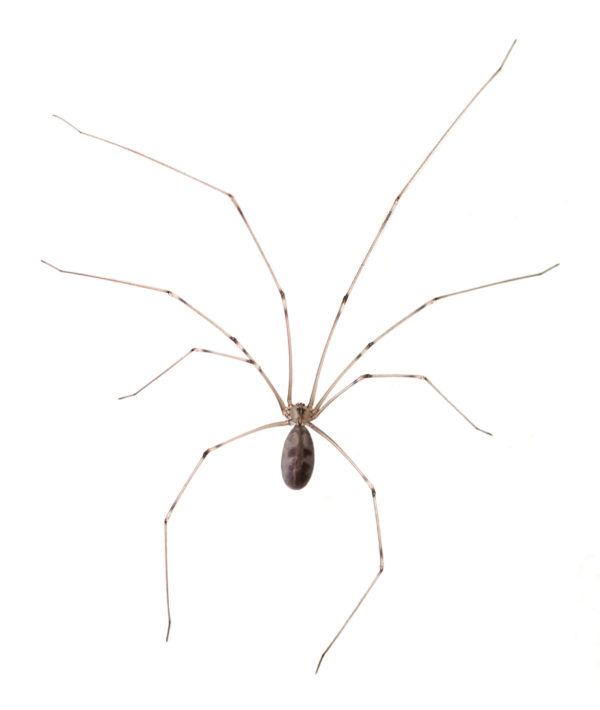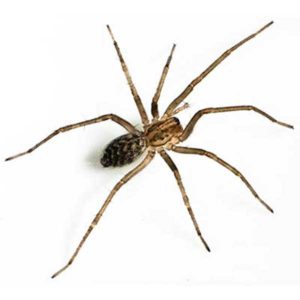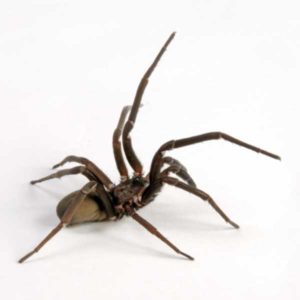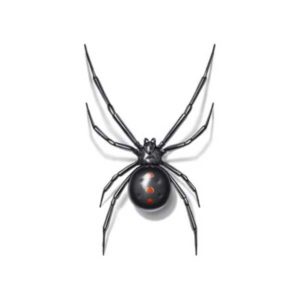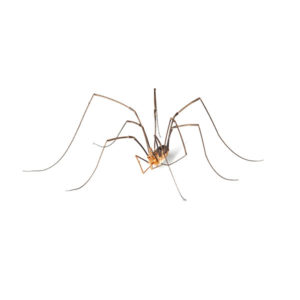Cellar Spiders in Memphis TN Metro Area
Cellar spiders, often known as daddy longlegs spiders (although they are not related to the true daddy longlegs), are inconspicuous and harmless creatures with delicate bodies and long, thin legs. They are frequently found in homes, particularly in areas such as garages, basements, and cellars, which is why they are commonly referred to as cellar spiders. These spiders can be observed in corners and on ceilings, often hanging upside down. Cellar spiders serve as natural predators to larger house spiders that may inhabit homes and will also prey on flies, bees, wasps, and even other cellar spiders when food sources are limited.
Cellar Spider Habitat
In their natural habitat, cellar spiders typically inhabit openings in caves, crevices in cliffs, and other sheltered locations. When indoors, they are commonly found in damp cellars, basements, crawl spaces, garages, and other dark, quiet areas. Cellar spiders construct irregular and messy webs, and they possess a heightened sensitivity to vibrations. If an unsuspecting insect happens to stumble into their web, cellar spiders will quickly move in to capture their prey. Both male and female cellar spiders can be found in climate-controlled structures throughout the year.
Cellar Spider Behaviors, Threats, or Dangers
While cellar spiders do possess venom, they are generally not a cause for concern. Throughout history, they have not been known to bite humans, and therefore, do not pose a health threat. However, cellar spiders are considered nuisance pests due to the copious amounts of webbing they produce. Unlike many other spider species that consume their old webs before creating new ones, cellar spiders continuously add to their webs, resulting in large amounts of webbing. This can be a nuisance to remove and can detract from the aesthetics of homes and commercial buildings.
If you are dealing with cellar spider problems in your home, contact your local spider exterminators.

